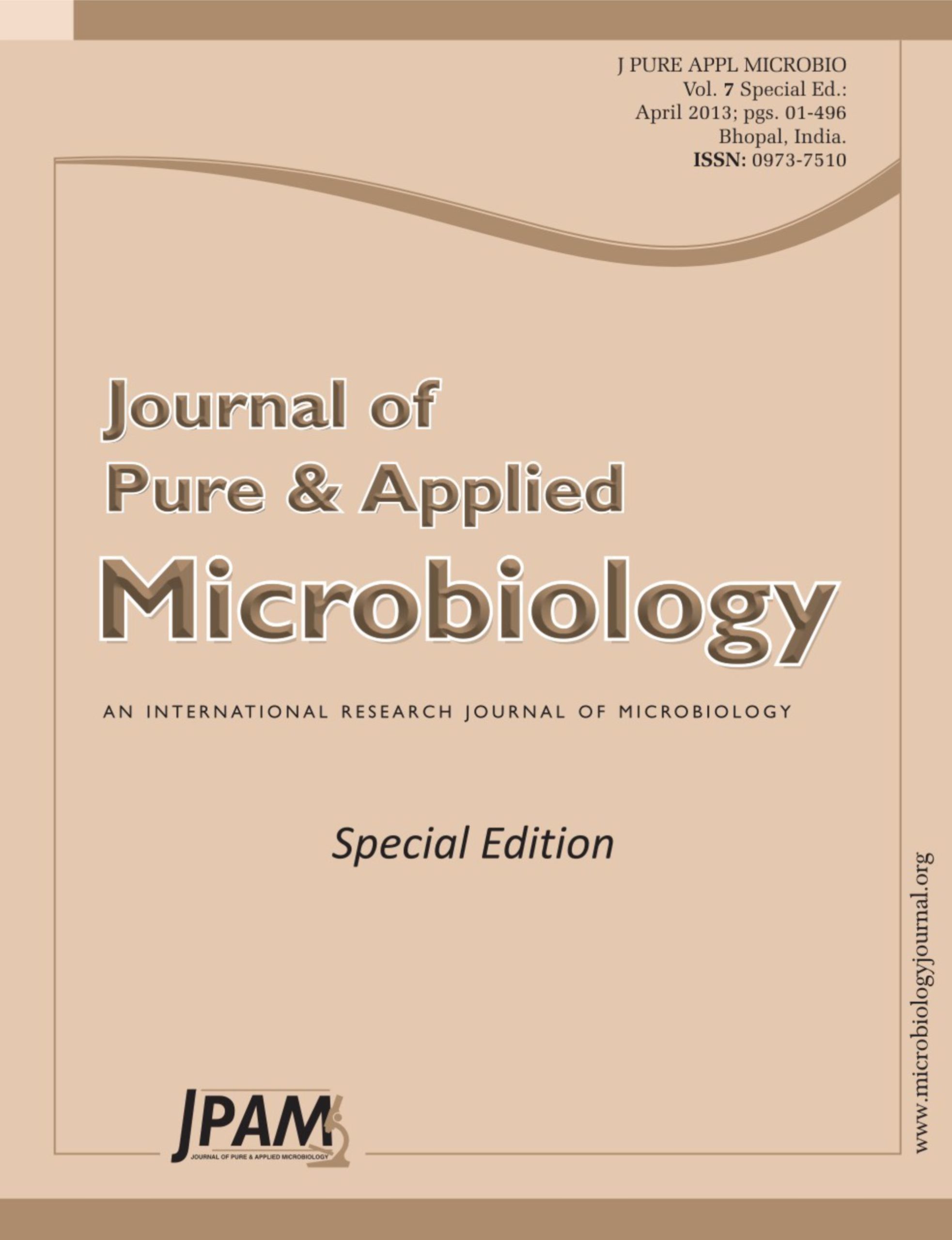Micropump plays very important role in fundamental biology, clinical medicine, biochemistry and interfacial physical chemistry as a kind of BioMEMS device. A new type of electromagnetic micropump, that can supply micro liquid flowwith high pumping rates and lower power consumption, has urgently been demanded. In this paper, a new prototype model ofmicropump, that consists of six parts— in/out liquid tube, diffuse/nozzle, membrane, chamber, electromagnetism coil and permanent magnet— using electromagnetism as the servo actuator is proposed. Where, the diffuse/nozzle acts as one-way valve, the pump chambers are made of Polycarbonate, the membrane is made of Polythylene terephthalate. The overall size of this micropump prototype is 11mm in diameter and 4 mm in height. A maximum pumping rate of 0.21mL/min at the frequency of 5Hz and voltage of 4V is demonstrated, which is one of the lowest power consumption reported in the literature before. Variance analysis experimentshows thatThe influence of frequencyof power is the biggest one, and thicknessof membrane is bigger than voltage of power. Simplified peripheral power supply circuit and control method of micropump is performed. When the supply power is 5V, the pumping rate of one and two power is almost no difference.
Microfluidics, Micropump, Membrane, Biomedical Applications
© The Author(s) 2013. Open Access. This article is distributed under the terms of the Creative Commons Attribution 4.0 International License which permits unrestricted use, sharing, distribution, and reproduction in any medium, provided you give appropriate credit to the original author(s) and the source, provide a link to the Creative Commons license, and indicate if changes were made.


